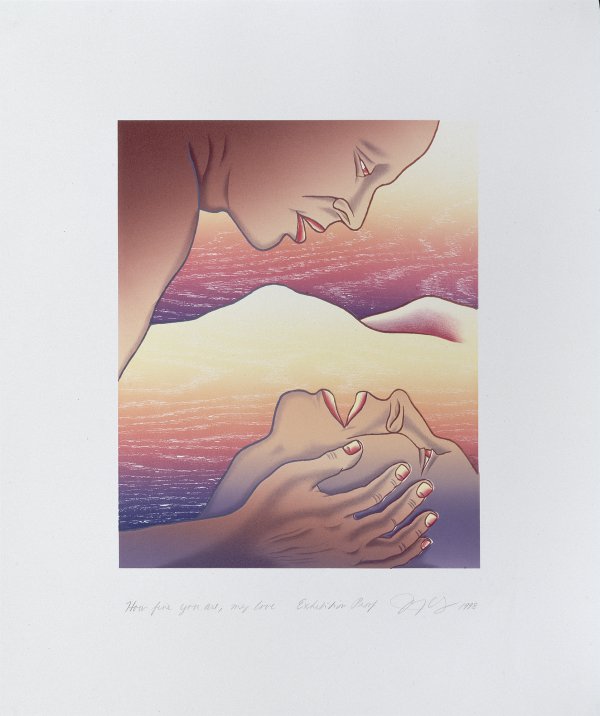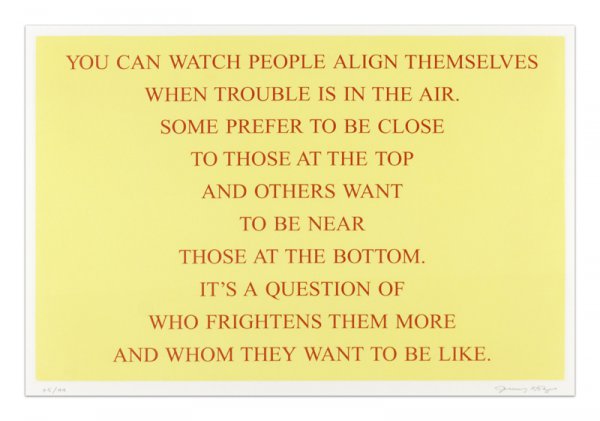Feminist art
· blog
A subgenre of art known as feminist art is connected to the feminist movement of the late 1960s and early 1970s. The social and political disparities that women face in their daily lives are highlighted in feminist art. The goal of this type of art is to alter the world for the better and foster understanding, with the ultimate goal of achieving equality or emancipation. Traditional art forms like painting are used, as well as more unconventional ones like performance art, conceptual art, body art, craftivism, video, film, and fibre art. By incorporating new media and a different viewpoint, feminist art has been a creative force in extending the meaning of art.

The fervour of American anti-war protests and the emerging gender, civil, and LGBT rights movements around the world coincided with the emergence of the Western Feminist Art movement in the late 1960s. Feminist artists aspired to rewrite a falsely male-dominated art history, alter the contemporary reality through their art, interfere in the established art world, and question the established art canon, all while harkening back to the utopian goals of early 20th-century modernist movements. Feminist art opened the way for the Identity and Activist Art movements of the 1980s and provided spaces and possibilities for women and minority artists that did not previously exist. But it’s important to recognise the contributions and impacts of female artists from different nations, like Mexican surrealist Frida Kahlo and German dadaist Hannah Höch, whose potent works have inspired feminist artists all over the world since the early 20th century.

By including the perspective of women, feminist artists aimed to open a dialogue with the viewer. The viewer may be inspired to question the social and political climate and, through this questioning, potentially transform the world and advance equality. Art was more than just a thing to be admired for its beautiful qualities.
The bulk of women artists were obscure to the general public before feminism. The fact that they were women frequently prevented them from receiving gallery representation and access to shows. The abstract expressionism movement’s hard-drinking, womanising members were glamorised, and the art world was primarily perceived as a boy’s club. To fight this, feminist artists organised alternative venues and fought to influence the policy of traditional organisations to increase the exposure of women artists in the market.

Textiles and other media, such as performance and video, which did not have the same historically male-dominated precedence as painting and sculpture, were frequently used by feminist artists to make their work in place of more traditional materials associated with the male gender. Women tried to broaden the notion of fine art by expressing themselves through these unconventional channels and by including a greater range of aesthetic viewpoints.
Feminist art links female voices around the world rather than making local distinctions. Famous feminist artists have come from all over the world during the decades-long existence of the movement, representing a wide range of nations including America, Britain, Latin America, Eastern Europe, the Middle East, and more as women continue to fight for equality and visibility within their various cultural contexts.

Since the 1990s, feminist discourse and art have embraced a “intersectional” perspective, with many feminist artists using their art to examine not only their gender identity but also their racial, gay, (dis)abilities, and other parts of identity that shape who they are in the world.
Influential feminist artists include Judy Chicago, Barbara Kruger, Jenny Holzer, Yoko Ono, Cindy Sherman, Marina Abramović, Faith Ringgold, Louise Bourgeois and Kiki Smith.
